The POP Model™
Introduced in Brain-Fueled Workplace by Chaela Volpe
The Performance Optimization Planning Model
A Neuroscience-based Solution for Individual,
Team, and Business Performance Optimization
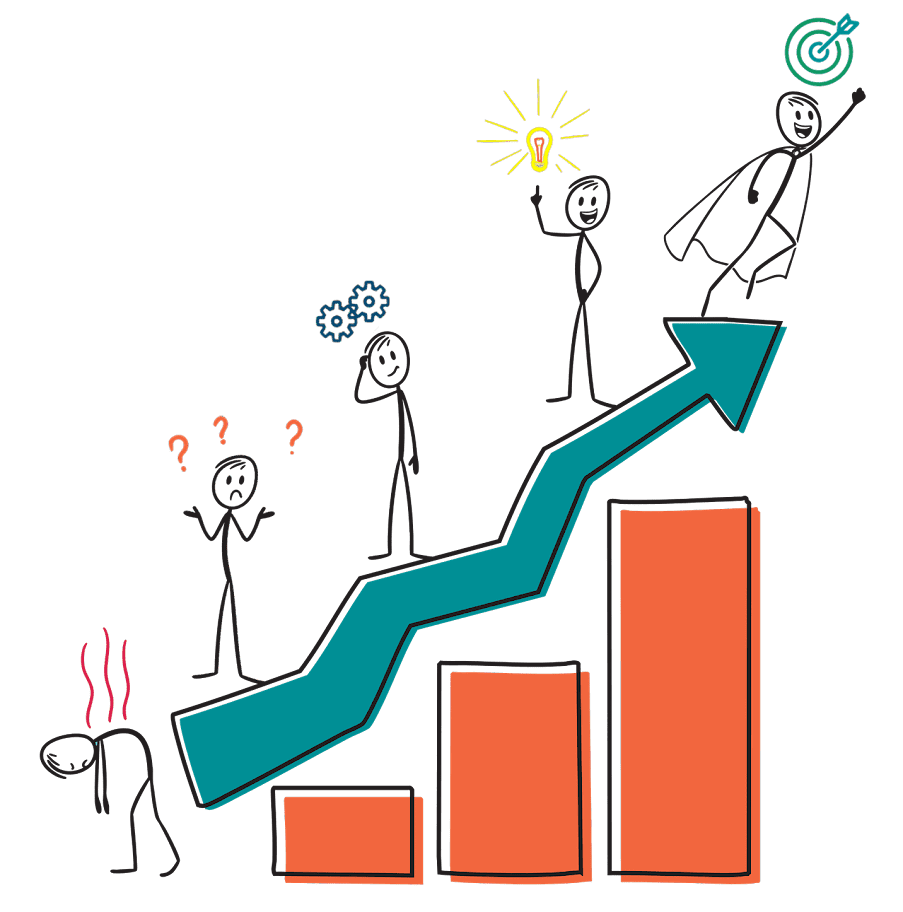
Did You Know? The Trillions-Draining Trio
Low engagement costs the global economy $8.9 Trillion annually
What's behind this? Despite Gallup defining engagement as enthusiasm for both the work and the workplace, most companies fixate on the workplace —overlooking the vital responsibility of helping employees engage with their work, through effective communication.
This is why since 2016 only ~20% of employees are engaged at work —crushing productivity and profitability as burnout soars!

82% of workers feel at risk of burnout
60% say their job is the top threat to their mental health, and 69% feel their manager impacts their well-being as much as a spouse.
Burnout levels are nearly identical for employees and managers (~50%), while 25% of leaders feel burned out often or always, and 67% feel it at least some of the time …a recipe for failure.

88% of business transformations fail to meet objectives
Despite astronomical investment in external change management solutions (15-30% of project budgets) this failure rate spiked 18% since 2019 reflecting an unsustainable trend:
- Wasted resources
- Escalating expenses
- Missed opportunities
- Sapped morale, energy, and confidence fueling disengagement and burnout!

Poor Communication is to Blame
The way most organizations communicate with employees
about their work directly undermines brain performance.
Engaging employees in their work is essential. Yet focus is overwhelmingly on the workplace—brand, company, leadership—lacking strategy for the work itself. Why? Until now:
- No single function has been responsible for—or equipped to—own and deliver
such a strategy effectively. - Knowledge, context, relationships, expertise, and resources are scattered across siloed teams, fragmenting planning and execution.
The result is a constant stream of asynchronous, high-level communications that fuel a brain-draining, performance-depleting cycle I call the Doom Loop.
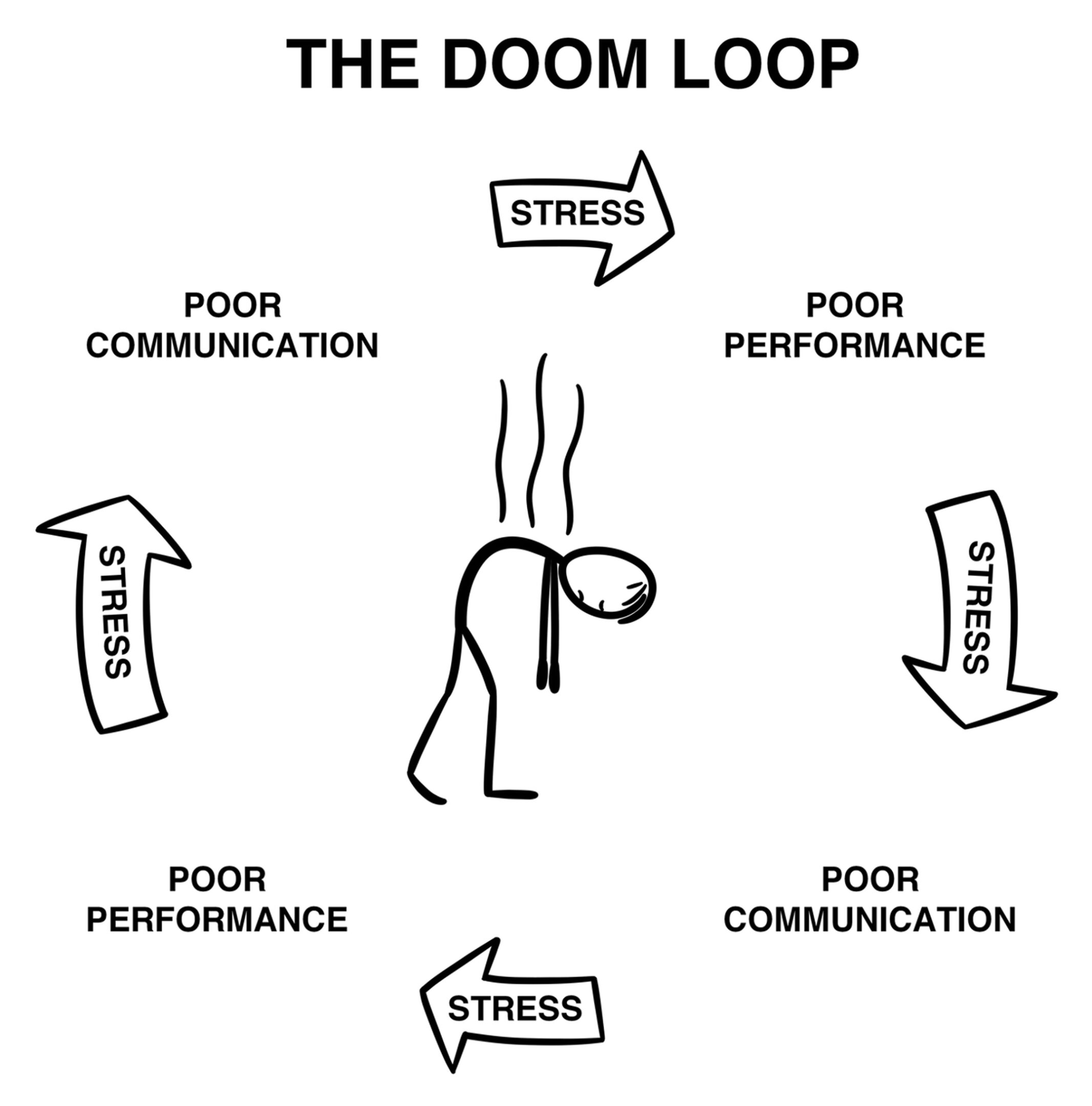
I Have a Solution
I am a Corporate Communication expert with twenty years of experience working across industries with major multinationals. Immersion in business-critical initiatives around the world has brought this problem into focus and deepened my commitment to solving it.
In Brain-Fueled Workplace: Harnessing Neuroscience for Performance, Innovation, Transformation, and Growth, I reveal the consequences of brain-undermining communication and present a solution to empower the workforce—ensuring success includes both exceptional business outcomes and employee well-being.
The Missing Piece of the Modern Business Puzzle
Strategy Enablement is a new core business function dedicated to engaging employees in their work through The Performance Optimization Planning Model (The POP Model™), a globally proven framework that unifies knowledge, planning, and execution.
A Strategy Enablement Lead uses this model to design neuroscience-based communication programming that optimizes individual, team, and business performance. Companies can hire for this role or empower an existing cross-functional leader to facilitate The POP Model.
Read Brain-Fueled Workplace for the full solution. Start here to learn why The POP Model is revolutionary, then discover my services to fuel your workplace with thriving minds—not overtaxed, underperforming ones.
Why The POP Model is Revolutionary and How it Works
Once you learn the power of The POP Model, let's talk. In the age of artificial intelligence, we must get serious about how we apply our own human intelligence. My model can help you take control of business-critical initiatives to move faster, smarter, and more humanely. The best part? You’ll build in-house capabilities that eliminate costly dependence on external teams and consultants—whose efforts cannot deliver the right results.
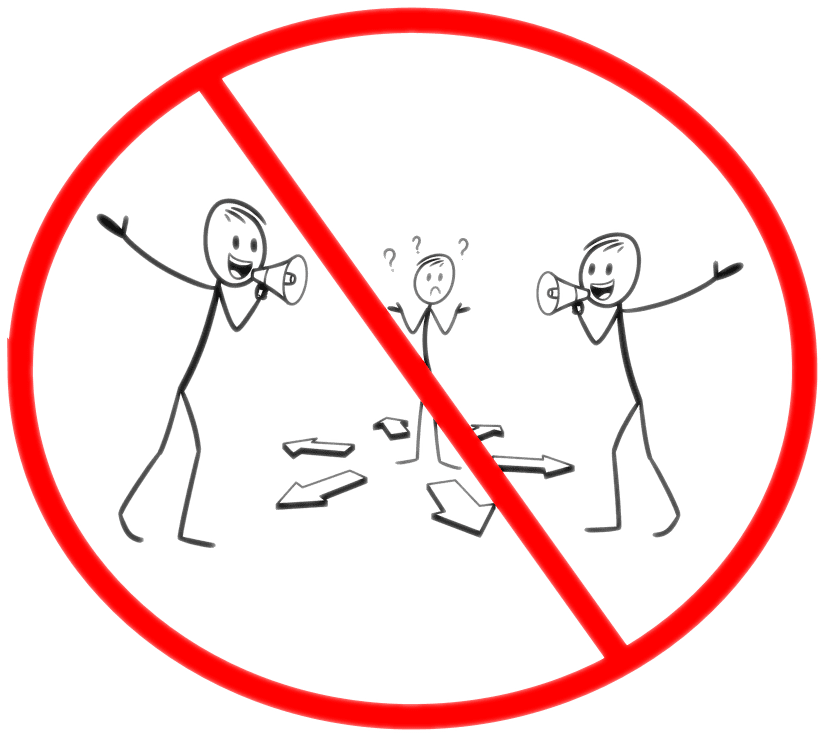
New strategies launch with internal marketing fanfare to raise awareness of change. But these broadcasts don’t include actionable guidance or meaningful relevance for individual roles.
Silence follows, leaving folks uncertain about what to do, when, and how. Then, a flood of messages from leaders, managers, project teams, HR, and others triggers a frenzy of “urgent” activity, triggering the Doom Loop.
In contrast, The POP Model ensures role clarity at the outset of new initiatives and throughout their duration, improving performance and powering progress.
Often an afterthought, project communication is disconnected from strategic planning—leading to chaotic or ineffective rollouts and a lack of cohesion across the business agenda. The POP Model resolves this by integrating communication planning into project planning.
The Strategy Enablement Lead partners with the project team—or the strategic vision owner—to plan across four dimensions with leaders, managers, and subject experts.
The Four Dimensions of Performance Optimization Planning (The POP 4)
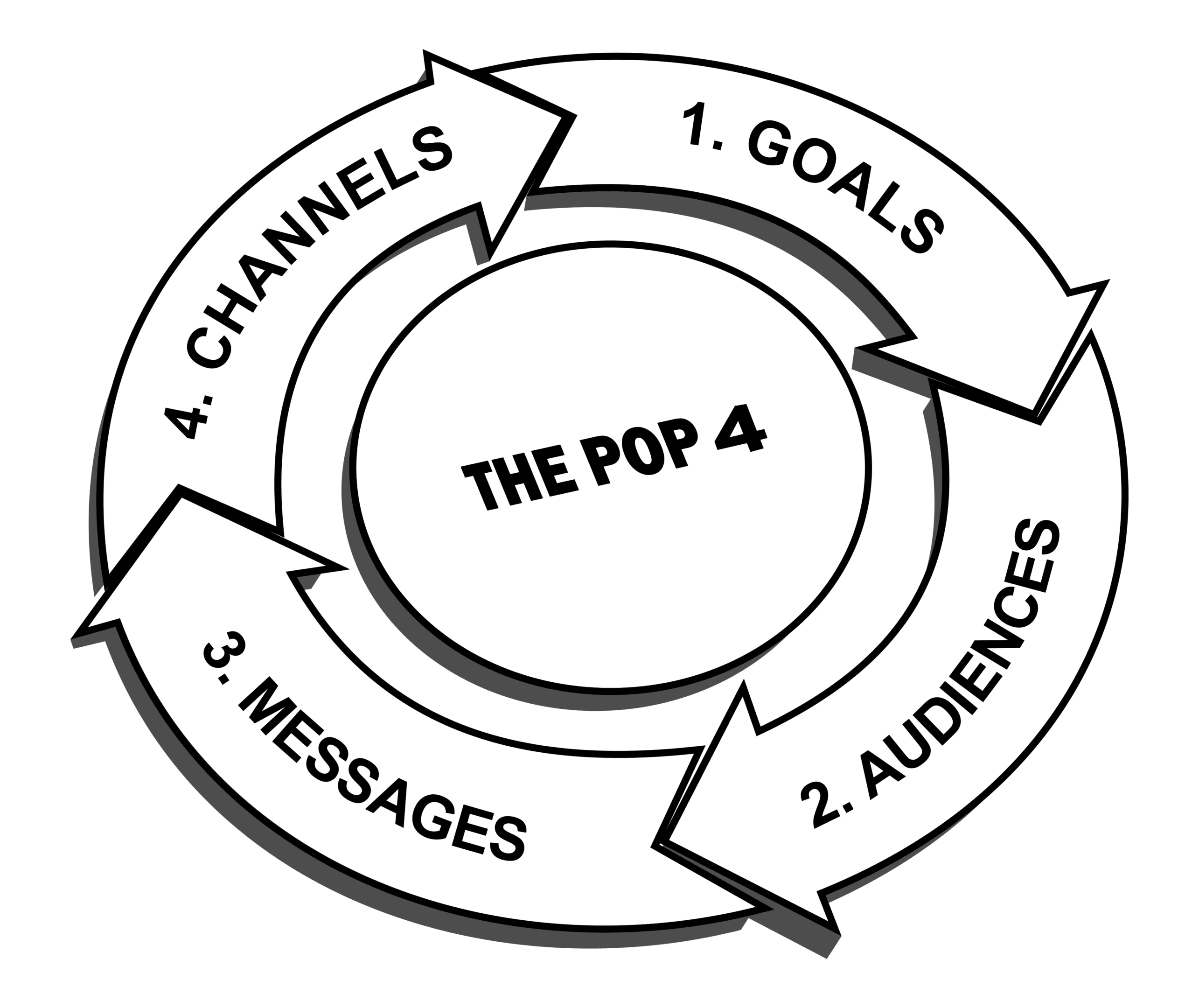
Goals: Clarifying desired outcomes and preparing to communicate in ways that enable their achievement
Audiences: Knowing the interdependent groups who will be involved in or impacted by work to achieve your goals
Messages: Consolidating and effectively conveying information audiences need to make their best contribution
Channels: Identifying audiences’ preferred forums for receiving messages and interacting with messengers to aid their performance working toward goals
By agreeing what’s being communicated, to whom, and when, all stakeholders are equipped to
effectively play their role before, during, and after project changes are introduced into operations.

The top-down management style is outdated. As the workforce increasingly seeks coaching, The POP Model infuses it into operations, starting with strategic planning. Instead of dictating, a Strategy Enablement Lead uses coaching to help individuals expand their thinking and co-create plans. They ask leaders, managers, and subject experts strategic questions about The POP 4 to form communications.
This method offers a dual advantage: In developing a roadmap for their teams to engage in the work ahead, these groups can mentally process upcoming changes and plan for transitions. This inclusive approach fosters ownership, alignment, accountability, strong leadership, and high-performance.
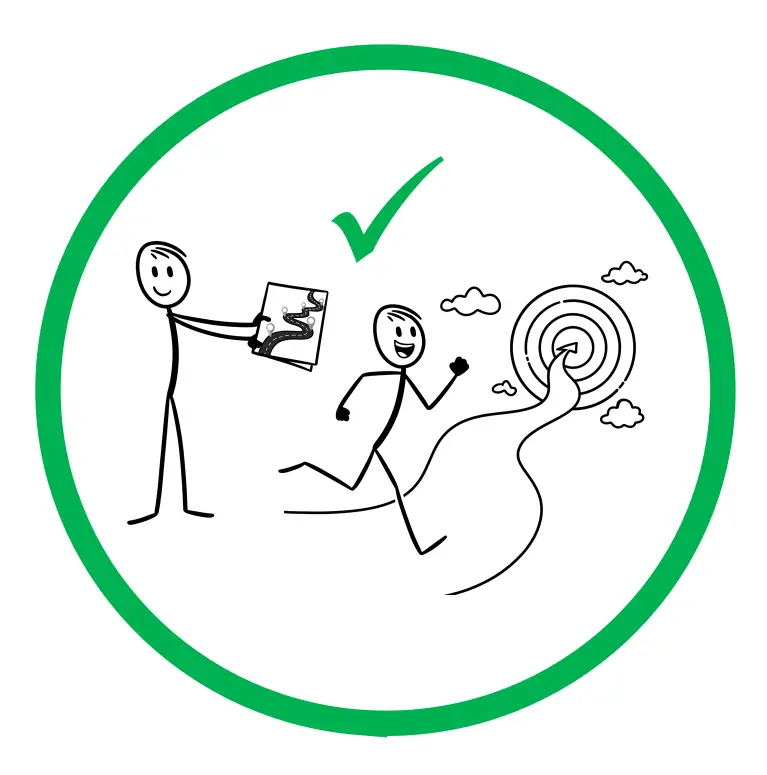
Strategic Communication, employee engagement, and change management, are often misunderstood and operate in silos. The POP Model reframes and unifies them into one powerful approach: engagement focuses on work, communication drives daily operations, and change becomes an ongoing process.
Through this central lens, the Strategy Enablement Lead reviews plans for The POP 4 in the context of your business, people, and work to recommend communication activities that drive progress. The agreed-upon direction is captured in a Communication Programming Roadmap (CPR)—a tool far more comprehensive than a typical comms plan.
CPRs breathe new life into projects!
✓ Engaging people before, during, and after change for smooth transitions and lasting adoption
✓ Tracking progress, coordinating efforts, maintaining accountability and alignment
✓ Rolling up into a business-wide program to drive connectivity and efficiency

The POP Model aligns communication with how the brain processes new information in two key ways:
1. Using the type of communication the brain craves:
Clear, consistent, specific, timely, actionable, relevant, and inclusive.
2. Communicating continuously to:
✓ Enhance processing and accelerate acceptance
✓ Increase openness and lower resistance
✓ Strengthen ownership and momentum
✓ Improve decision-making and task execution
✓ Foster trust, safety, and improved thinking
✓ Ensure long-term retention and sustainability
The POP Model includes 8 value metrics, defined below. They can be used independently to assess how communication programming impacts outcomes or examined in relation to other business metrics. At the end of every project the Strategy Enablement Lead should review the impact of their work in these areas:
Transparency: Measure of clarity people have about their work, requirements to achieve goals, and the roles of interdependent counterparts
Collaboration: Teams’ capacity for knowledge sharing, problem-solving, decision-making, efficiency, productivity, innovation, and success
Productivity: Measure of what people can achieve in the context of operating conditions, including how much they get done, the quality of their work, and its impact
Engagement: Extent to which people can immerse themselves in their work, fulfill their responsibilities, and add value in the context of daily operating conditions
The 8 Performance Optimization Planning Value Metrics
(The 8 POP Value Metrics)
The 8 Performance Optimization Planning Value Metrics
(The 8 POP Value Metrics)
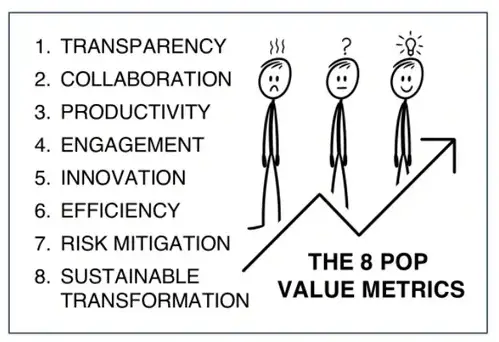
Innovation: Capacity for innovating the business’ offerings, practices, processes, and thinking behind them
Efficiency: Ability to maximize output while reducing unnecessary human and financial costs to achieve the best possible results
Risk Mitigation: Decrease in a range of interconnected human and financial risks, influenced by the experiences, behaviors, and outcomes shaped by daily operating conditions
Sustainable Transformation: Level of success in transforming a business or delivering transformative initiatives in relation to the quality of other POP value metrics

